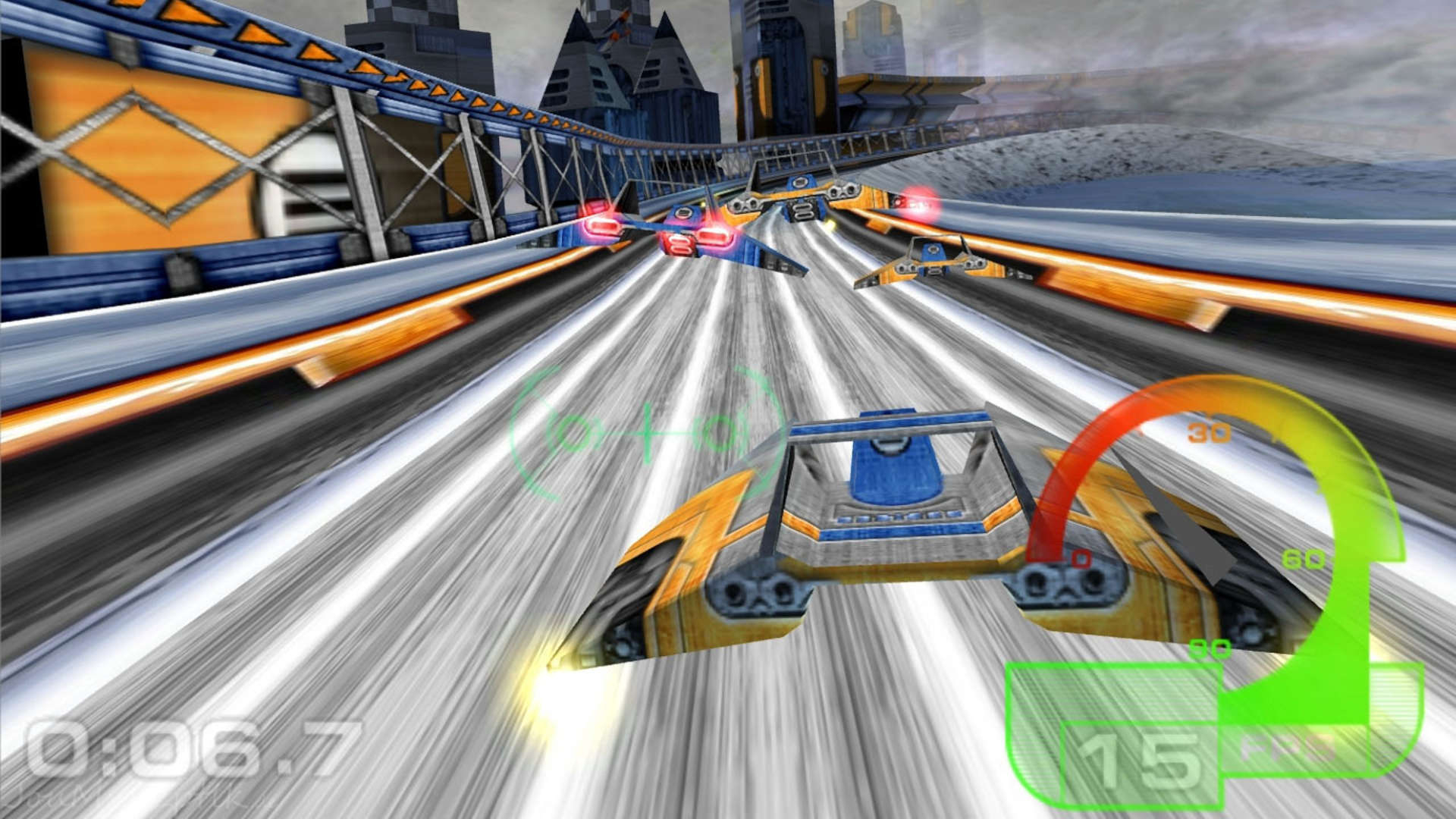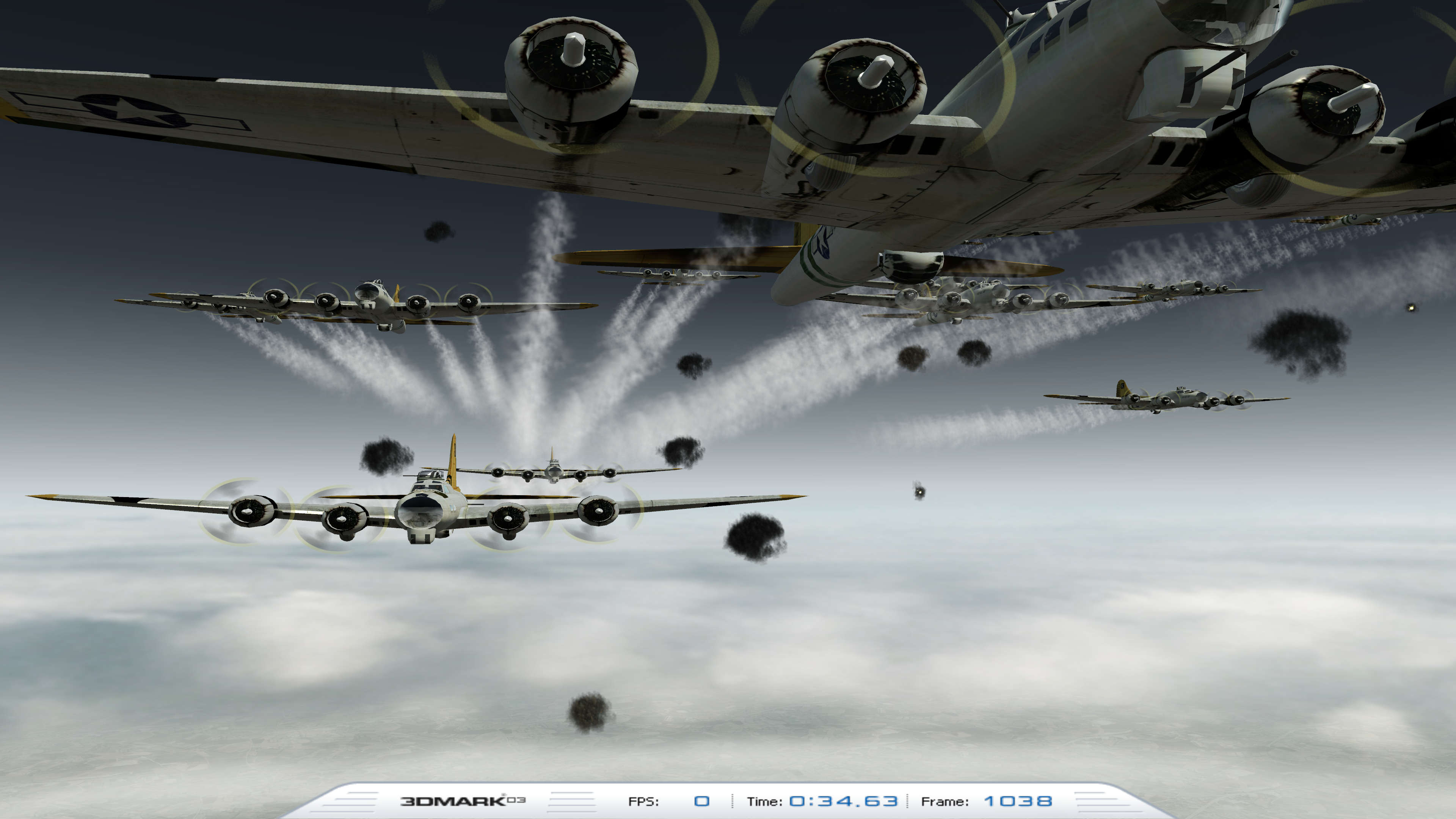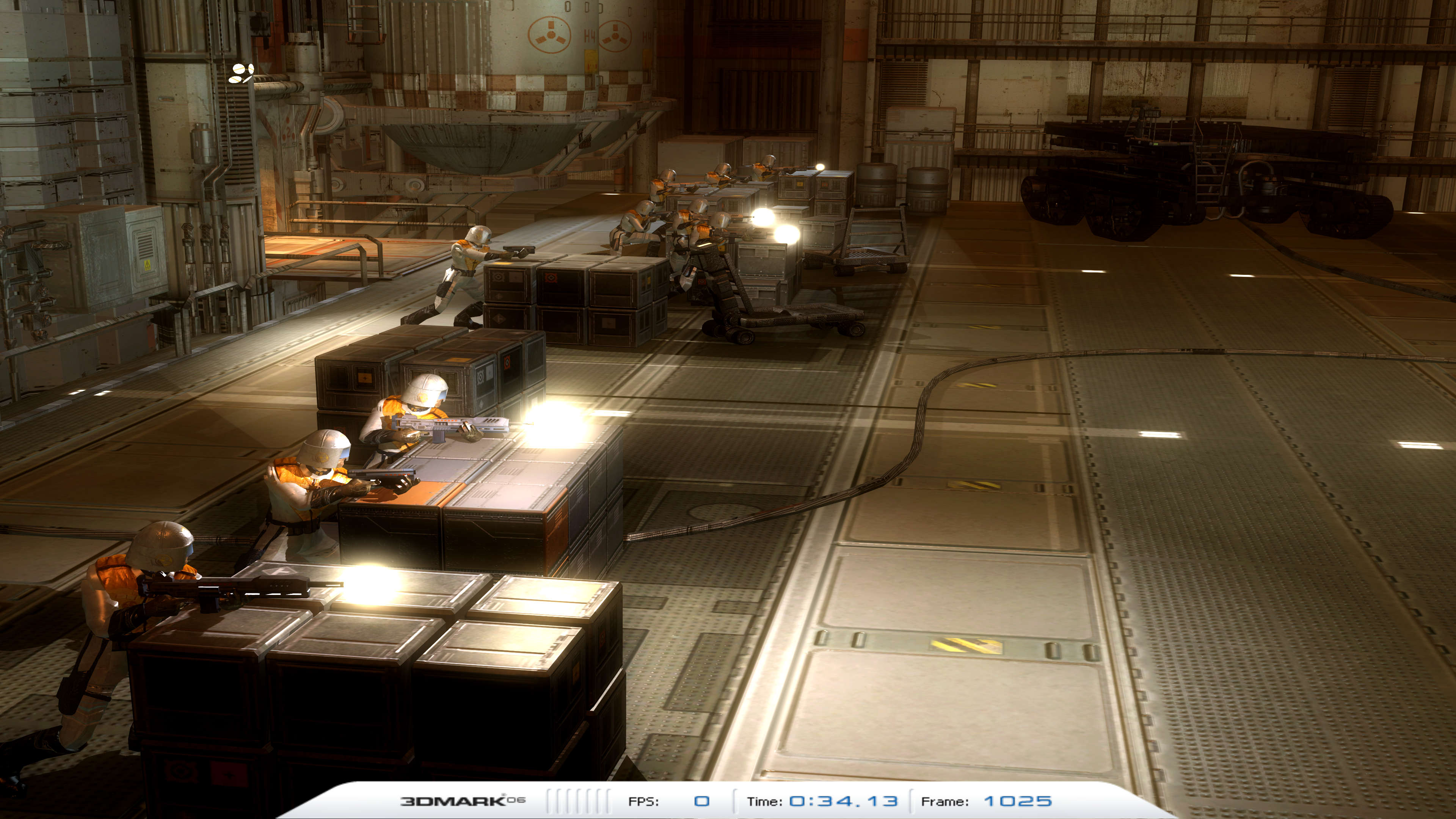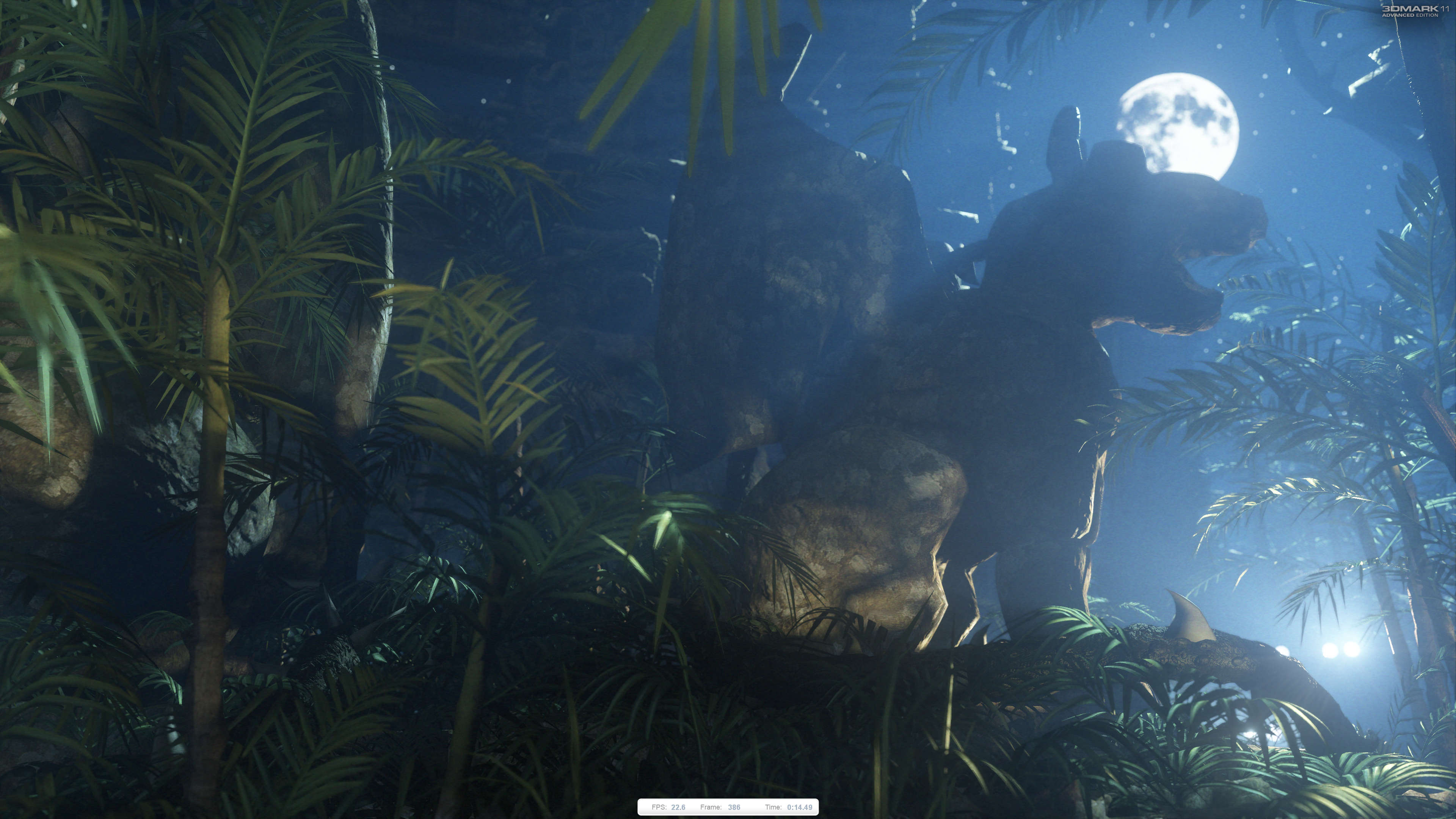You might have missed it but 3DMark was 25 years old last week
It's fashionable to be late to a party, anyway.

Last Thursday, UL Solutions celebrated the 25th birthday of 3DMark, the evergreen game graphics benchmarking tool. Since the early days of DirectX 6, there's been a version of the tool, showing off the latest graphics features and technology, and although it's not quite as ubiquitous as it was, you can't deny that two-and-a-half decades is an impressive run for a piece of software.
If you've never used 3DMark before, it's an application that runs a sequence of real-time graphics on your PC, using the recorded frame rates to give your system an overall score. The idea is that more points mean better for gaming, and you can upload your result and check against other PCs with the same hardware.
The version that started it all off, called 3DMark99 (even though it was released in 1998), actually used a form of the engine that powered Max Payne, Remedy Entertainment's first 3D game. It was superseded by 3DMark2000 in the following year, which used the new graphics API from Microsoft, DirectX 7.
This started the trend by creators MadOnion of launching a brand new 3DMark benchmark package with every new version of DirectX. Hence, 3DMark2001 used DirectX 8 to show off the power of vertex and pixel shaders, and 3DMark03 was the first DirectX 9 tool.
The next two releases, 3DMark05 and 3DMark06, were still DirectX 9-based, as that API was just being updated with new shader levels for developers to use in games. The graphics tests in 3DMark became increasingly complex, and the CPU test was updated in 3DMark05 to better reflect the kind of workloads the processor would undergo in a game.
It's fair to say that, by this point, the graphics tests in 3DMark were looking increasingly less like actual game scenes. The same rendering techniques were being used, but other than a few brief scenes in 3DMark03, there was nothing like a proper FPS test, or a flight simulator, or really anything that resembled an actual game.




That sort of changed with the 2008 3DMark Vantage. Once again, there were no true game-like tests, but Futuremark (MadOnion renamed) took its expertise in graphics programming and made a genuine game with it, called Shattered Horizon. The global credit crunch of that year did Futuremark no favours and it eventually spun off multiple sections, with the game side heading off to Rovio Software.
The biggest gaming news, reviews and hardware deals
Keep up to date with the most important stories and the best deals, as picked by the PC Gamer team.
In 2014, Futuremark was bought out by UL, a company better known for working in safety testing in the fields of science and technology. But 3DMark kept on going and the version that you can get now is actually the same as it was in 2013. The big change now is that 3DMark is simply updated with new tests, rather than having a whole new package being released.
And UL deserves credit for still hosting all of the original 3DMark programs, though you'll probably struggle to get any of the really old ones to work on a modern machine. The oldest one I can get to run is 3DMark03 (which also happens to be my favourite).
Its current form is the most versatile it's ever been, with benchmarks to cover a range of platforms and levels of hardware. Sure, the graphics tests still don't look anything like a real game, but the underlying workloads aren't too different. And you can still test your gaming PC and check out your score against others.
Now, you might think that this is just something you can do in any game you have and you could ask people on our forum to see if the performance is as it should be. That's been a long running criticism of 3DMark but it's still popular with benchmarkers and overclockers.
More importantly, it's still one of the few tests for graphics cards that doesn't use any system that favours one vendor over another. Which is precisely why we still use it in our GPU reviews. Anyone fancy placing a bet on whether the PC Gamer hardware team will still use 3DMark in 2048?
Best CPU for gaming: Top chips from Intel and AMD.
Best gaming motherboard: The right boards.
Best graphics card: Your perfect pixel-pusher awaits.
Best SSD for gaming: Get into the game first.

Nick, gaming, and computers all first met in 1981, with the love affair starting on a Sinclair ZX81 in kit form and a book on ZX Basic. He ended up becoming a physics and IT teacher, but by the late 1990s decided it was time to cut his teeth writing for a long defunct UK tech site. He went on to do the same at Madonion, helping to write the help files for 3DMark and PCMark. After a short stint working at Beyond3D.com, Nick joined Futuremark (MadOnion rebranded) full-time, as editor-in-chief for its gaming and hardware section, YouGamers. After the site shutdown, he became an engineering and computing lecturer for many years, but missed the writing bug. Cue four years at TechSpot.com and over 100 long articles on anything and everything. He freely admits to being far too obsessed with GPUs and open world grindy RPGs, but who isn't these days?


